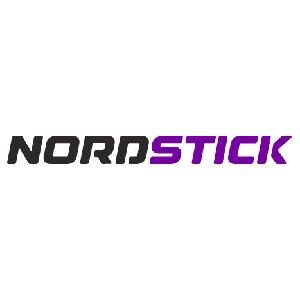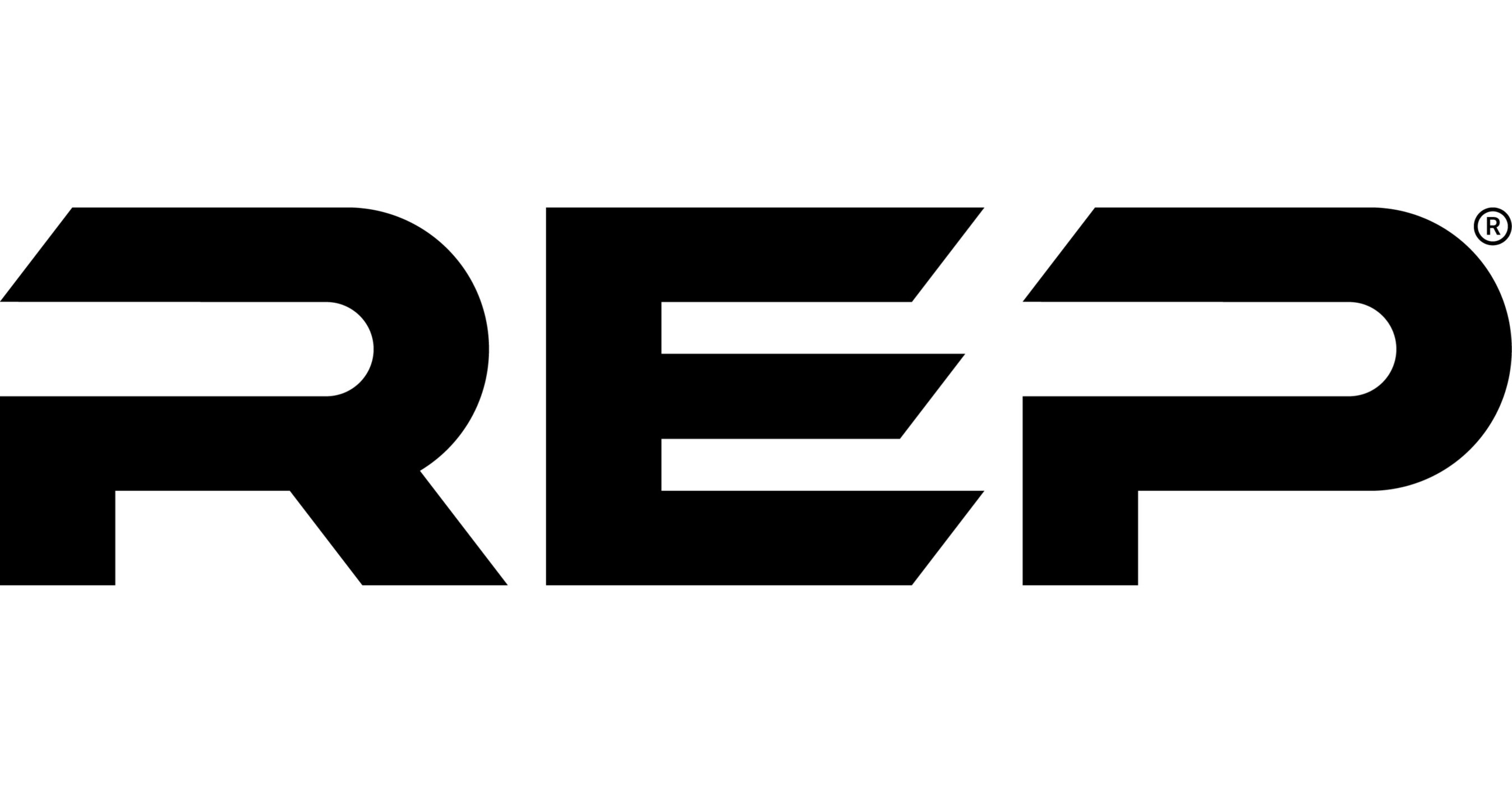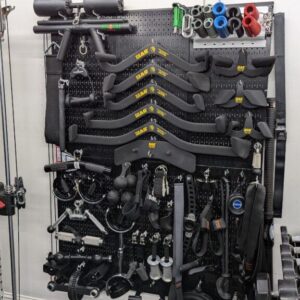3 BIG Reasons Powerlifters Need To Train Their Calves
To train or not to train? Calves are the question! Aesthetics aren’t the name of the game when it comes to powerlifting, but who doesn’t want to look jacked? We throw in some bodybuilding work throughout the year, maybe even a hypertrophy block or two, but what are you doing about those chicken sticks you call calves? No worse feeling when you tell someone you’re a powerlifter and they reply with “really? You lift?” Having jacked calves certainly adds to the overall aesthetic appeal of training.
But that aside, calf training can improve joint stability, enhance force production and reduce the risk of injury. Last time I checked, more force and stability with less injuries is kind of the holy grail for powerlifters.
Table of Contents
Key Notes
Calf training should be a part of your powerlifting toolkit. Good news is, it doesn’t need to be fancy, just effective, for you to reap the rewards.
Transparency Note
Some of the items and links in this article might be affiliate links, or might be linked to a Sponsor of the Garage Gym Competition. These links and sponsorships help fund the website, the competition itself, the newsletter, non-profit donations, and everything else we do FOR FREE here at the GGC. I like to be transparent so you know what is up. I appreciate the support if you choose to use the links.

What Is The Calf Muscle?
The calf is composed of two muscles, the gastrocnemius and the soleus. The gastrocnemius is the larger of the two parts and is the most visible. It helps you bend your knee and point your toes. The soleus is a little flatter and sits further below the surface of the skin. It helps you point your toes and stabilize your ankle. Both parts join together in the lower leg and tie into the achilles tendon, just above your heel. Together the gastroc and soleus contribute to walking, running, jumping, and stability of the lower leg.

Why Should Powerlifters Do Calf Work?
Joint Stability
The calf muscles play a crucial role in enhancing joint stability, particularly at the ankle and knee. At the ankle, calf muscles are actively involved in dynamic movements like running or jumping. They contract and relax to adjust to changes of direction, application of force and restricting excessive motion to prevent injury. These muscles also aid in proprioception, your awareness of position and movement. This helps you maintain balance and make rapid adjustments to prevent injury.
As for the knee, the gastrocnemius is not directly attached to the knee, but does cross both the ankle and knee joints. Its movement at the ankle affects the stability of the lower leg, thus indirectly influencing knee joint stability. Additionally, the calf muscles work in coordination with the hamstrings and quadriceps, to provide balance and control during movements like squats and deadlifts.
Reason #1 – your calf muscles help your ankle move and your knee stay in place, two things you probably want to happen whether you are a lifter or athlete or just a general human being.
Force Production
Strengthening our calves allows for a more powerful push-off, resulting in increased force production. According to a 2017 study published by the Journal of Applied Physiology, “Calf-raise training with the intent to move rapidly, without special equipment or venue, induces an improvement of explosive plantar flexion force.” (American Physiological Society, 2017). It is important to note that these findings indicate that the improvements are neuromuscular. Nerves and muscles are the name of the game when it comes to strength sports such as powerlifting.

We must remember that the foundation of a strong squat or deadlift starts at the feet. In many squat or deadlift tutorials, you’ll notice instructions on “rooting” your feet into the ground to create a solid base.Your feet aid in the production of force, acceleration and deceleration and your calves are directly tied to these processes. Thus, calf training is paramount for any activity where force is being produced from the ground up. Arguably the most renowned powerlifting gym in the world, Westside Barbell says “Without adequately developed calves, you leave your ankles and knees less supported and will be less capable of producing maximal amounts of absolute strength and explosive power.” (Hawk, 2022).
Reason #2 – not training your calves and expecting a Big Squat would be like not training your arms and expecting a Big Bench!
Injury Prevention
Stability is key in injury prevention and powerlifting is no exception. While we may not be testing our one-rep calf raise max, we have to ensure that we are stable throughout heavy compound movements such as the squat and deadlift. Injury prevention starts at the lower leg, i.e. the calf muscles. Strong calves support the ankles and knees, without that stability in the lower leg an athlete is at greater risk of injury. Furthermore, calf training can enhance lower leg mobility and ankle flexibility thus allowing you to hit depth in the squat pain free and without compensation from other muscle groups and joints.
Reason #3 – If you can avoid injury, you can train harder, longer, more consistently.
How To Train The Calves
How do we put it altogether? There are many theories on frequency and application of calf training. They are a stubborn and resilient muscle group. Think about it, we are walking on them daily, they are subject to a high volume of activity with little growth yielded. Thus I am a fan of really attacking the calf and forcing it to grow! My favorite applications involve high volume, high intensity and sometimes long eccentrics and stretches.
Two of my favorite protocols come from the mastermind of the late, great Mountain Dog himself, John Meadows (Meadows, 2012).
Standing Calf Raises – Do plenty of warm up sets. Use perfect form and do sets of 10 with heavier and heavier weight, until you can’t get 10. On the last set, add on an extra 20 reps of partials out of the bottom to really drive blood in your calves. Aim for 4 total working sets here.
SUPERSET WITH
Dorsiflexion – After each set of standing raises, simply dorsiflex your foot to train the anterior tibialis. Do them until your tibialis goes numb. This is usually 30-50 reps the first few sets, and then will go down quite a bit as your calves fill with blood.
Round 2
Standing calf raises – Do 10 reps, hold and flex at top for 10 seconds and repeat 2 more times for 1 set. This means you will do a total of 30 reps and have 30 seconds of static holds at top. Do this 3 times. 3 total work sets. (superset with the same dorsiflexion protocol).
Another favorite of mine comes from strength training roots before I got into powerlifting, DoggCrapp training from Dante Trudel and True Nutrition. This one is simple but brutal (Simply Shredded & Trudel, 2010).
If you train calves once a week, on Week 1 you will do Standing Calf Raises, and on Week 2 you will do Seated Calf Raises. Continue the flip-flop as your program proceeds.
You will do 10-12 reps with a five second negative on each rep, and a 10-15 second stretch at the bottom for EVERY rep. So each set is going to be pretty nasty. Remember that DoggCrapp training is about intensity, so this is going to be 1 or 2 working sets MAX.
Wrap Up on Calf Training For Powerlifters
Look, nobody is saying you need calves like tree trunks to deadlift a house, but ignoring them completely? That’s nonsense. We all want to look jacked, but it’s not just about that. Strong calves mean you’re less likely to twist an ankle doing something dumb, you’ll push harder off the ground, and you’ll probably feel a bit more solid under heavy weight. Plus, adding them in is super simple and can be done during your warm-ups if need be.
So, stop skipping calf day. It doesn’t have to be fancy; just hit them hard and heavy, and get the blood pumping. Whether you’re annihilating the lower leg with John Meadows or keeping it simple with some heavy sets, just do something. Trust me, your ankles, your knees, and even your ego, will thank you.
This article was written by GGC Coach Josh Berry. Josh is a combat vet, current law enforcement officer and recreational powerlifter. He aims to have a solid strength base while maintaining tactical readiness.

References
American Physiological Society. (2017, August 10). Effect of calf-raise training on rapid force production. Journal of Applied Physiology. https://journals.physiology.org/doi/full/10.1152/japplphysiol.00539.2016
Hawk, B. (2022, July 11). Developing the Calves for Strength and Athleticism. Westside Barbell. https://www.westside-barbell.com/blogs/the-blog/the-importance-of-calf-training
Meadows, J. (2012, August 14). Monster Calves. Mountain Dog Diet. https://mountaindogdiet.com/basic/basic-training/monster-calves/Simply Shredded & Trudel, D. (2010). A Load of Doggcrapp: Is Dante Trudel’s Doggcrapp Training System The Next Big Thing In Bodybuilding? SimplyShredded.com. https://www.simplyshredded.com/a-load-of-doggcrapp-is-dante-trudels-doggcrapp-training-system-the-next-big-thing-in-bodybuilding.html



